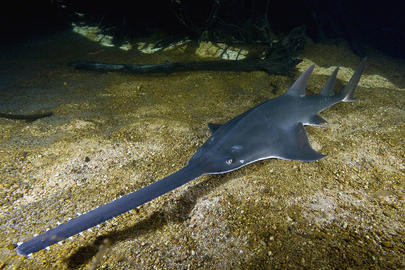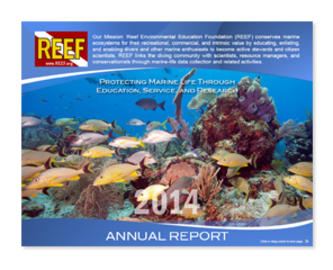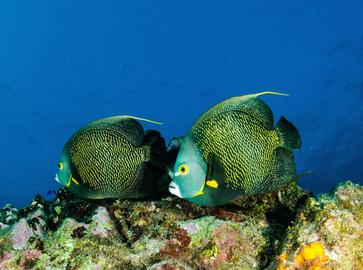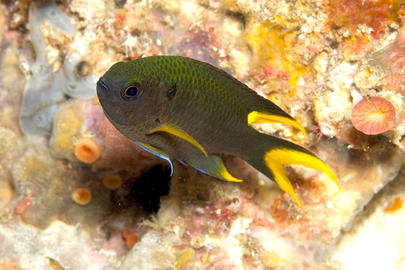Every month, scientists, government agencies, and other groups request raw data from REEF’s Fish Survey Project database. Here is a sampling of who has asked for REEF data recently and what they are using it for:
- A research group at Palm Beach State College is using REEF data on South Florida fish assemblages to evaluate beach renourishment projects.
- Researchers from NOAA's Biogeography office are including REEF data in the development of a management plan for the marine portion of the NE Ecological Corridor Reserves in NE Puerto Rico and Culebra Island.




